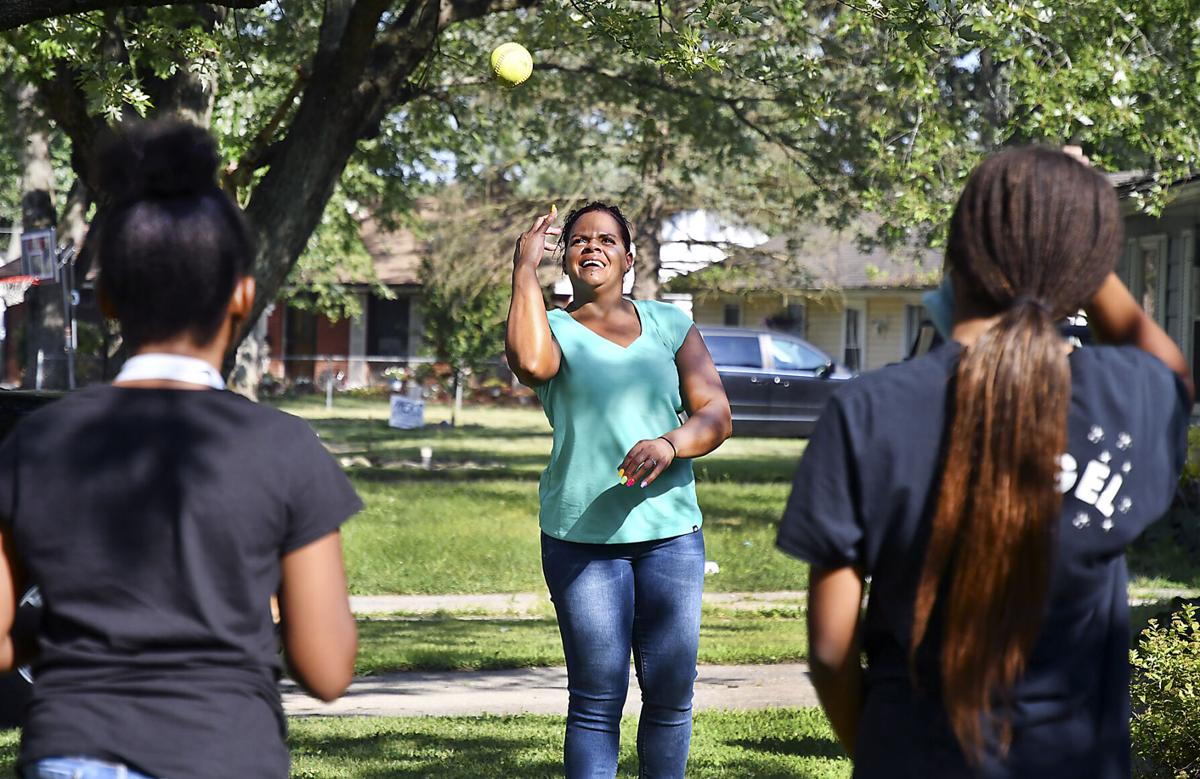The Illusion of Inclusion — The “All of Us” Research Program and Indigenous Peoples’ DNA
The New England Journal of Medicine
Issue 383 (2020-07-30)
pages 411-413
DOI: 10.1056/NEJMp1915987
Keolu Fox, Ph.D.
University of California, San Diego

Raw data, including digital sequence information derived from human genomes, have in recent years emerged as a top global commodity. This shift is so new that experts are still evaluating what such information is worth in a global market. In 2018, the direct-to-consumer genetic-testing company 23andMe sold access to its database containing digital sequence information from approximately 5 million people to GlaxoSmithKline for $300 million. Earlier this year, 23andMe partnered with Almirall, a Spanish drug company that is using the information to develop a new antiinflammatory drug for autoimmune disorders. This move marks the first time that 23andMe has signed a deal to license a drug for development.
Eighty-eight percent of people included in large-scale studies of human genetic variation are of European ancestry, as are the majority of participants in clinical trials.1 Corporations such as Geisinger Health System, Regeneron Pharmaceuticals, AncestryDNA, and 23andMe have already mined genomic databases for the strongest genotype–phenotype associations. For the field to advance, a new approach is needed. There are many potential ways to improve existing databases, including “deep phenotyping,” which involves collecting precise measurements from blood panels, questionnaires, cognitive surveys, and other tests administered to research participants. But this approach is costly and physiologically and mentally burdensome for participants. Another approach is to expand existing biobanks by adding genetic information from populations whose genomes have not yet been sequenced — information that may offer opportunities for discovering globally rare but locally common population-specific variants, which could be useful for identifying new potential drug targets.
Many Indigenous populations have been geographically isolated for tens of thousands of years. Over time, these populations have developed adaptations to their environments that have left specific variant signatures in their genomes. As a result, the genomes of Indigenous peoples are a treasure trove of unexplored variation. Some of this variation will inevitably be identified by programs like the National Institutes of Health (NIH) “All of Us” research program. NIH leaders have committed to the idea that at least 50% of this program’s participants should be members of underrepresented minority populations, including U.S. Indigenous communities (Native Americans, Alaskan Natives, and Native Hawaiians), a decision that explicitly connects diversity with the program’s goal of promoting equal enjoyment of the future benefits of precision medicine.
But there are reasons to believe that this promise may be an illusion. Previous government-funded, large-scale human genome sequencing efforts, such as the Human Genome Diversity Project, the International HapMap Project, and the 1000 Genomes Project, provide examples of the ways in which open-source data have been commodified in the past. These initiatives, which promised unrestricted, open access to data on population-specific biomarkers, ultimately enabled the generation of nearly a billion dollars’ worth of profits by pharmaceutical and ancestry-testing companies. If the All of Us program uses the same unrestricted data-access and sharing protocols, there will be no built-in mechanisms to protect against the commodification of Indigenous peoples’ DNA…
Read the entire article in PDF or HTML format.








